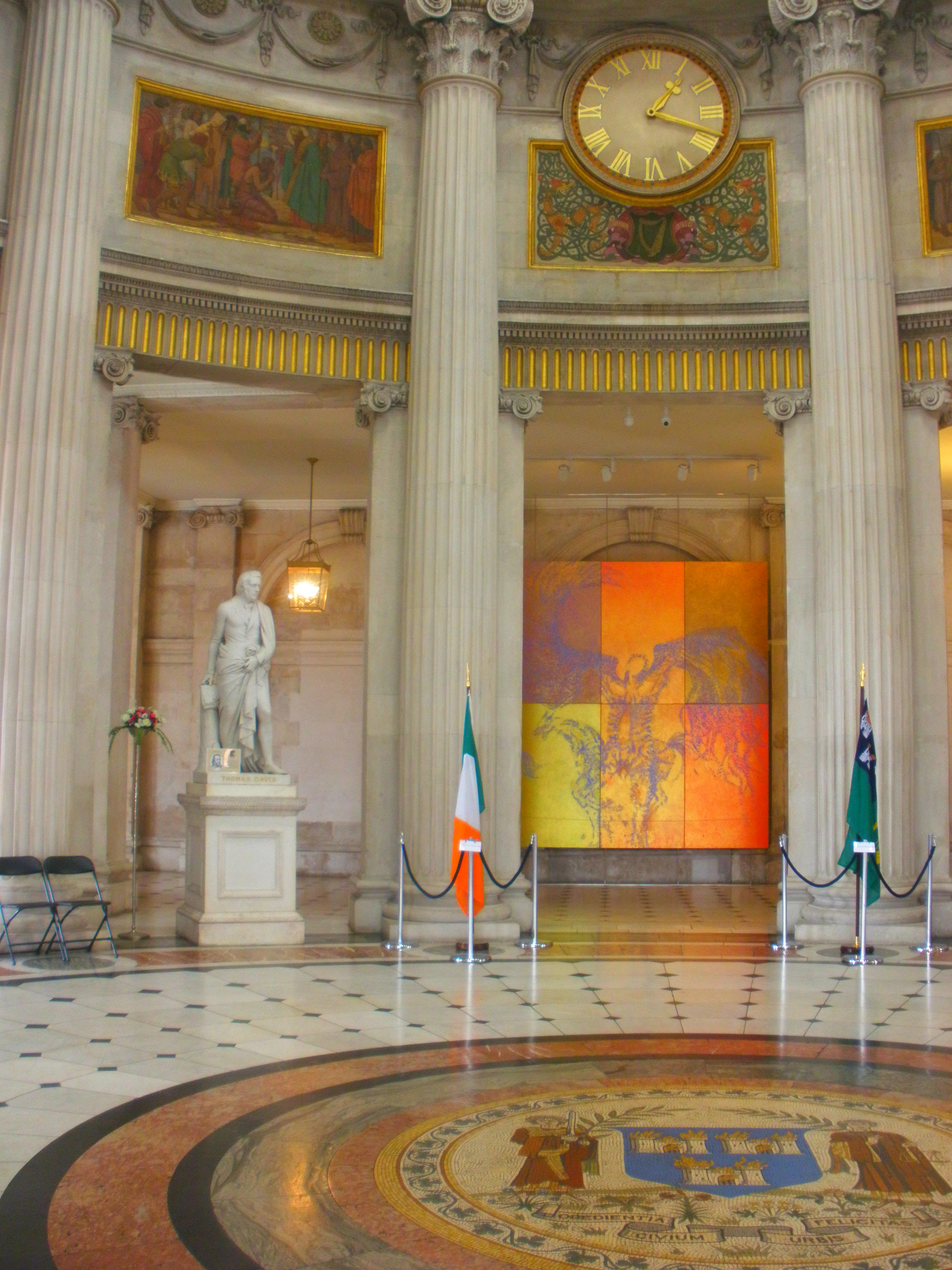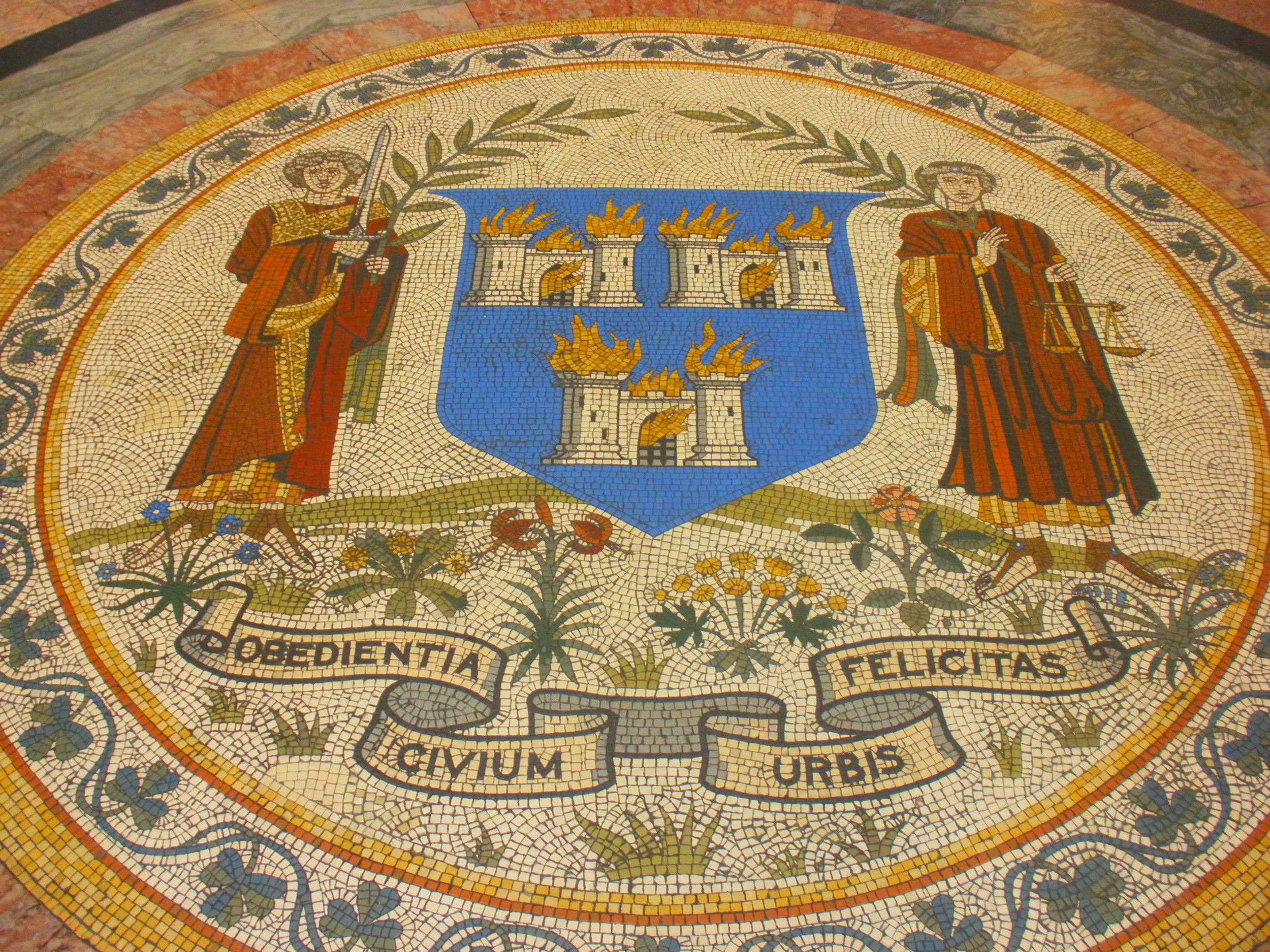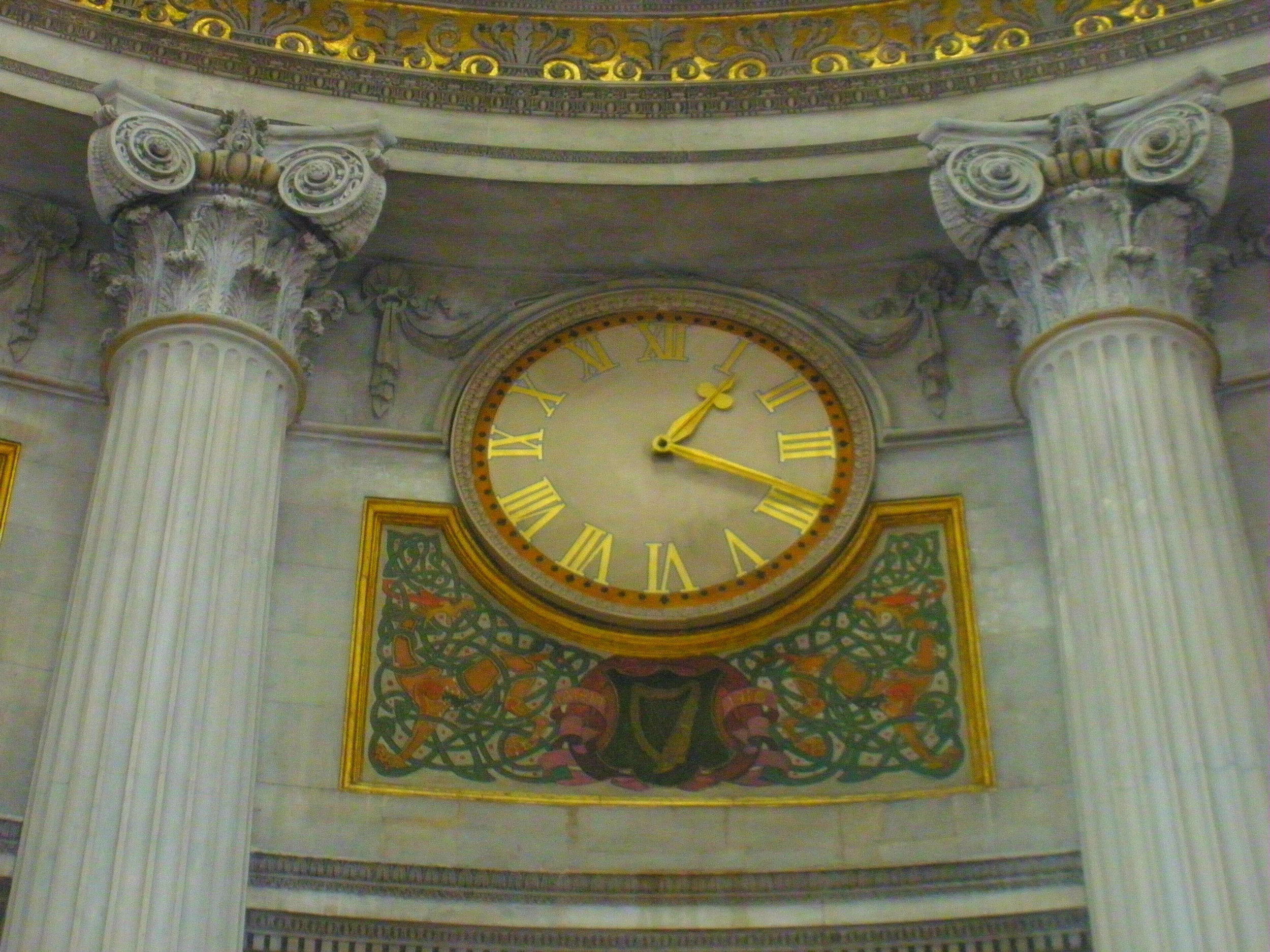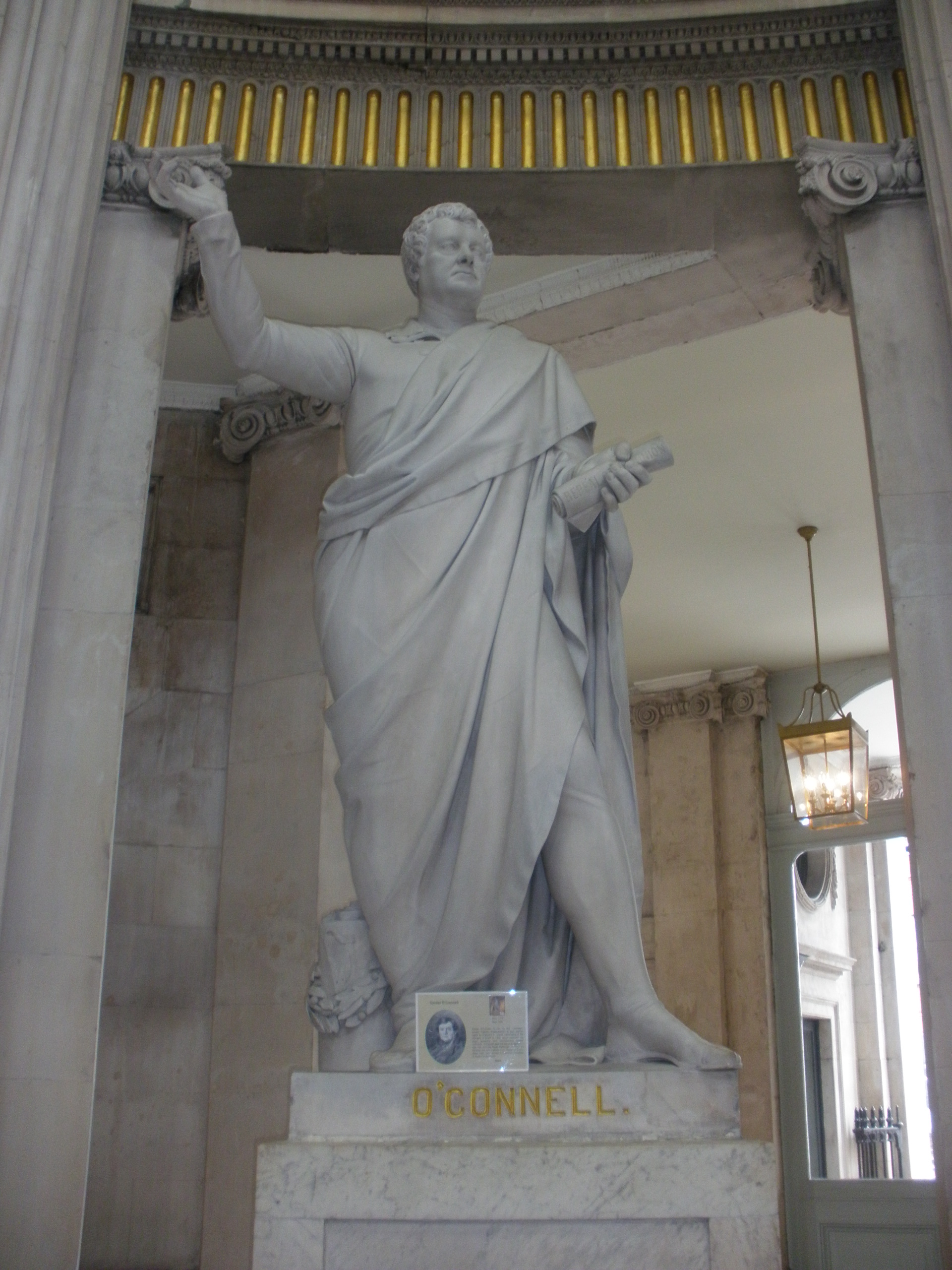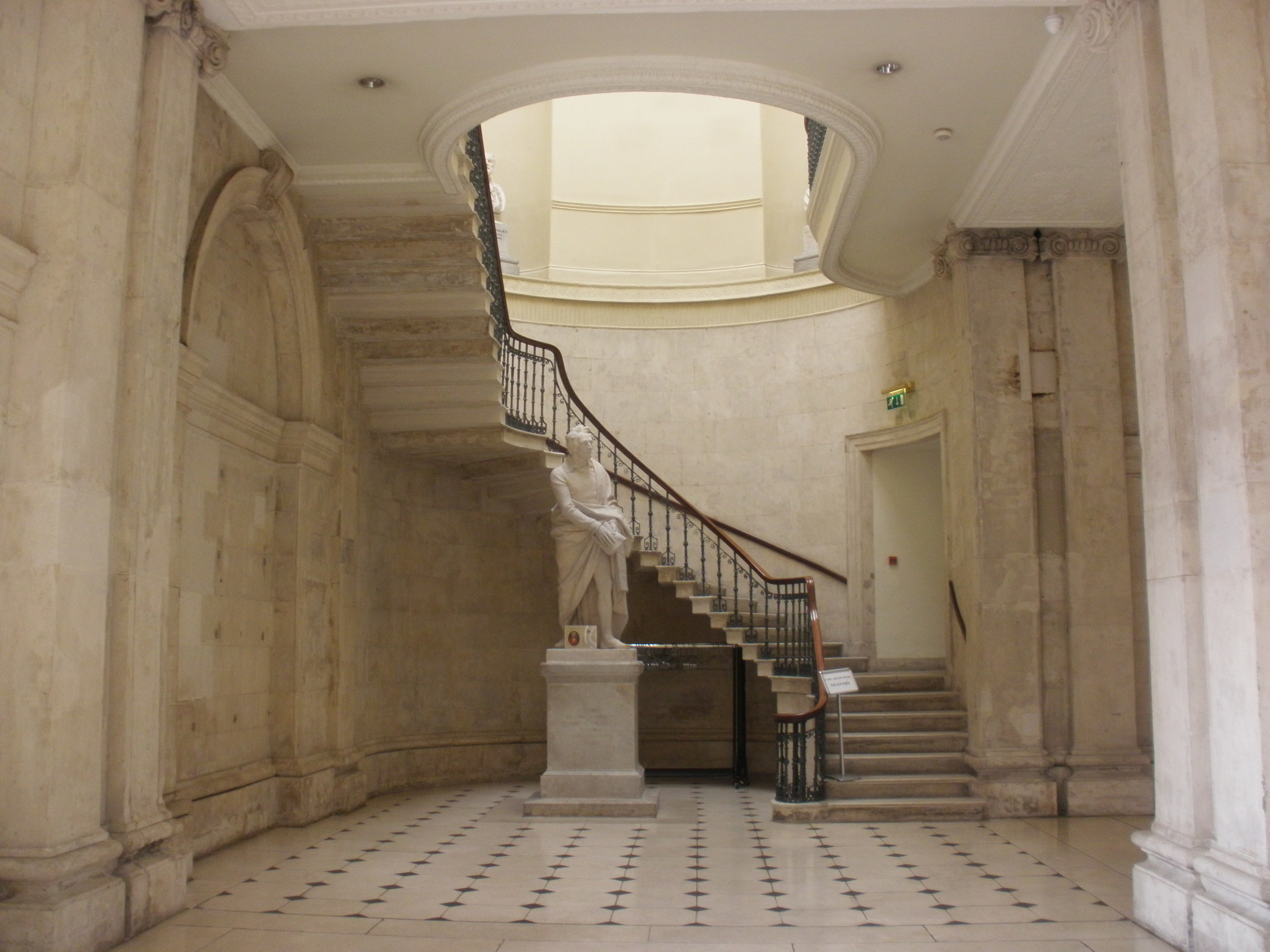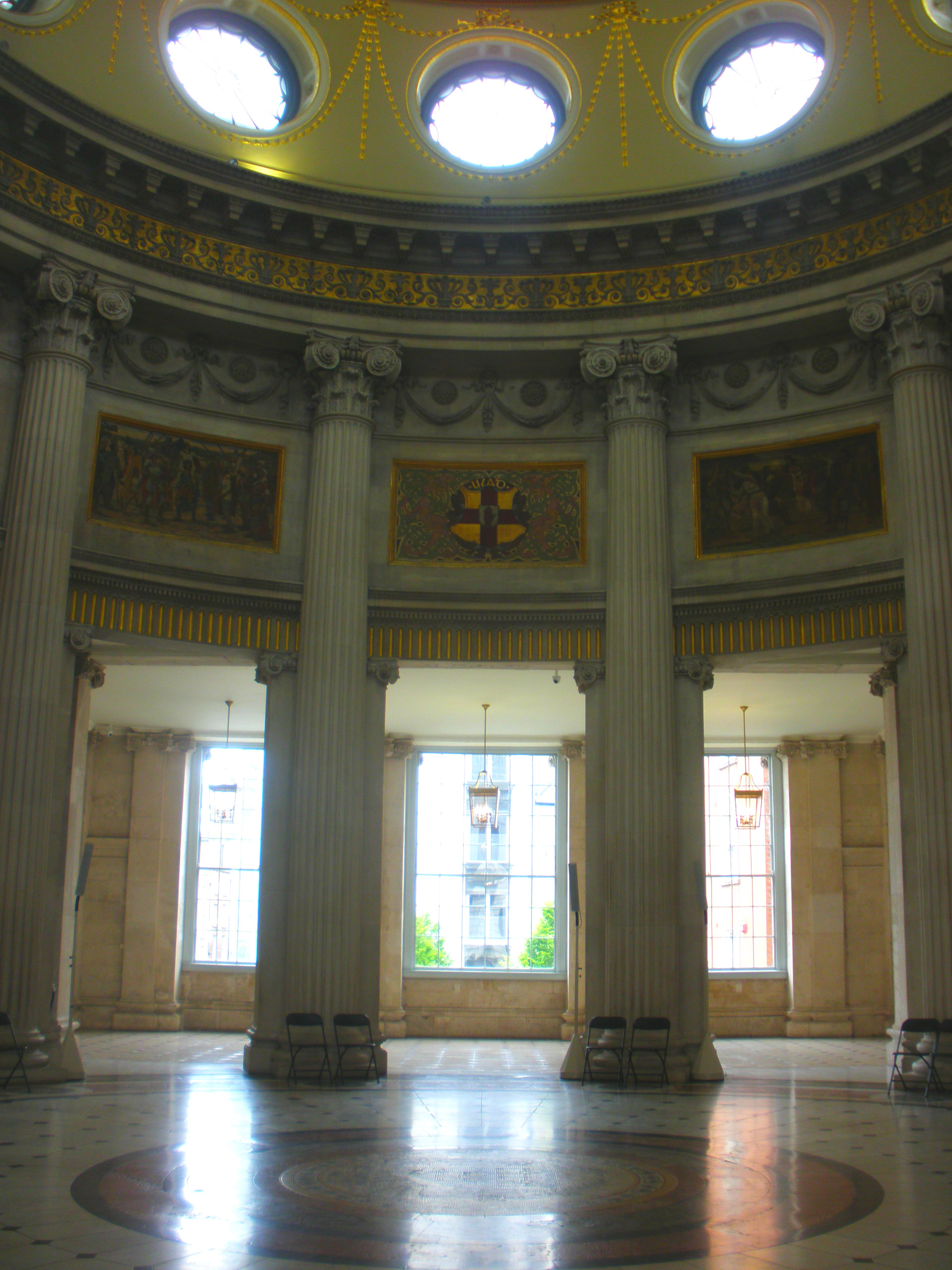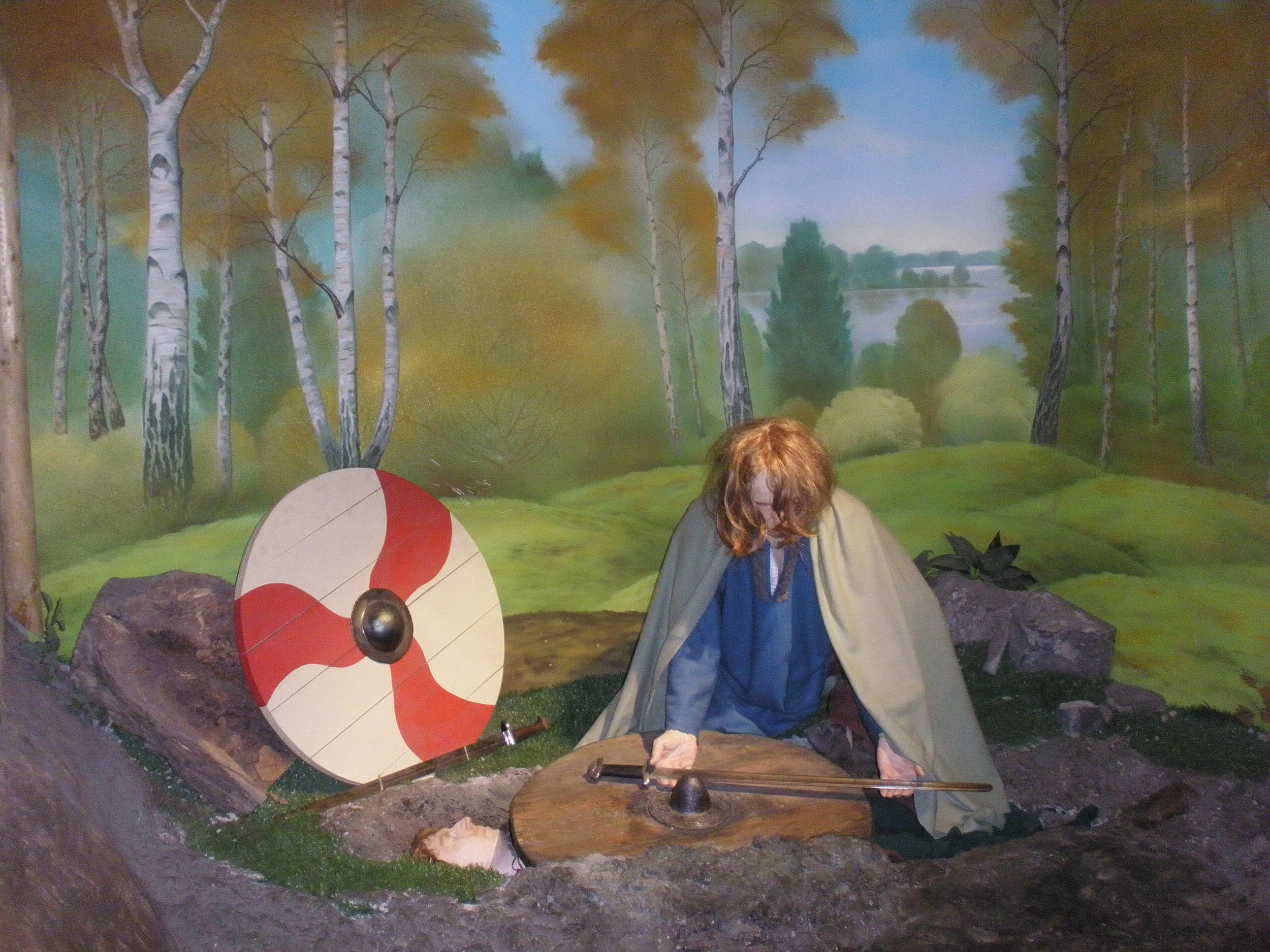Irish Names & Surnames
Miguel B
Today we're going to learn about Irish names & surnames. You'll be surprised after reading this article!
In Old Ireland the population was much smaller and families used to stay in the same area for generations. It was common for people to be known only by one name, if there was no one else witn that name in the same village.
When the population started to grow, they created another way to distinguish people: adding a prefix to the name. This way, Mac (or Mc) and Ó were created. Mac means 'son of' while Ó means 'grandson of' in Irish. Can you guess what the famous surnames Mac Donald or O'Hara stand for?
When the English invaded Ireland, they enforced their language and way of life. They also changed many of the Irish names and surnames to their English translation or equivalent. Some of them were misspelled when doing so.
Below there's a list of the most common Irish surnames and their meaning:
1. Murphy: The Sea Battlers
2. Kelly: The Bright-Headed Ones
3. O'Sullivan: The hawkeyed Ones
4. Walsh: The Welshmen
5. O'Brien: The Noblemen
6: Byrne: The Ravens
7: Ryan: The Little Kings. It's also a very popular first name in the UK and the US
8: O'Connor: Patrons of Warriors
9: O'Neill: From Niall of the Nine Hostages.
10: O'Reilly: Descendants of Raghaillach. The variation Riley is a very popular first name for boys and girls in the US.
Some Irish names were anglicised without any etymological relation. This way, the Irish name Áine is accepted as Anne or Anna, though they don't have any connection.
Below there's a list of some common Irish names and their translated version. We're sure you've seen lots of these names worldwide, either their Irish spelling or their anglicised version, and you didn't even know they came from Ireland!
Feminine names:
Aisling, Aislin, Ashling
Áine
Aoibhe, Aoife: translated as Eve or Eva
Brid, Brighid: translated as Bridget or Brigit
Ciara
Deirdre
Eithne: translated as Edna, Enya or Etna
Eimear, Eimhear: translated as Emer
Fiona
Saoirse: meaning 'freedom'
Sinéad
Masculine names:
Ailín: translated as Allen
Aodhán: translated as Aidan
Aonghus: translated as Angus
Barra, Bairre, Bearach: translated as Barrie or Barry
Breandán, Breanndán: translated as Brendan
Brian: written as Bryan or Brian in English
Coilean, Coilín, Cuileán: translated as Colin or Collin
Caoimhín: translated as Kevin
Caolán: translated as Kyle
Carraig: translated as Craig
Ciarán: translated as Keiran or Kieran
Coireall: translated as Cyril
Cormac: translated as Charles
Dónall: translated as Donald
Dubhghlas. translated as Douglas
Eoghan: translated as Owen
Laoiseach: translated as Louis or Lewis
Maolcholm: translated as Malcolm
Niall: translated as Neil or Neal
Riain: translated as Ryan
Oscar, Oskar
Rónán: translated as Ronan
Séadna: translated as Sidney
Treabhair: translated as Trevor




